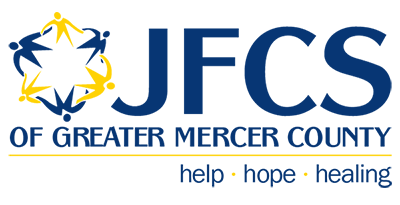In last week’s blog post, I discussed emotional resilience as our ability to bounce back and adapt to life’s stressors. In this post, I will explore five research-based strategies that can help to develop and improve emotional resilience.
Be an Optimist

This does not mean the “rose colored glasses,” but a realistic optimist. Someone who looks at any negative experiences around them and sees what is relevant to the problems they are facing. The realistic optimist disengages from the problems outside of their control and turns attention to problems they believe they can address. Acknowledge the problem, but then see what, if anything, about the problem directly impacts you and that you can work on. Be realistic about the world, and confident in your abilities that you can make positive changes to problems within your control.
Find a sense of purpose and meaning in your life:

Resilient people have a mission and purpose in life that gives meaning to the things that they do. When tough times roll in, they feel a greater purpose is behind them, propelling them forward. That purpose can be that “I go to work to provide for my family” or “my role is to care for my loved one.”
We can also start to develop our purpose in a small way. Over the next week, identify your focus. Take the time to acknowledge how you want to spend your time and energy. It could be as simple as “I’m going to call my friend because he’s been feeling down” or “I’m going to donate to a charity I believe in.”
When we have a purpose it nourishes us.
Face your fears:

When we avoid something we are afraid of, the fear inside us grows. When you face your fears, the intensity of the fear lessens. We cannot just talk ourselves out of the fear, but we have to address the fear one step at a time.
As an example, if we have a fear of speaking in public it can be helpful to begin addressing this fear by starting a conversation with a neighbor, then working up to giving a toast at a dinner party, each time taking a bigger step towards your goal. During this ‘exposure therapy’ we start to change the negative associations we have to situations or objects, being able to believe “that wasn’t so bad. I can do that.”
Be adaptable and flexible:

Resilience is figuring out a new way to behave when your old ways of behaving are not working or are not accessible any more. We have the power within us to make new choices, to try new ways of reacting. Resilient people use a number of ways to deal with stressful situations. They are not stuck on using one way of coping. Instead they shift from one coping strategy to another as needed. Imagine having a variety of tools in your toolbox to fix a problem.
Practice spirituality:

In general, we might say that spirituality includes a sense of connection to something bigger than ourselves, involving a search for meaning in life or simply a deep sense of aliveness and interconnectedness. Some people experience their spiritual life through a church, temple, mosque, or synagogue affiliation. Organized religion can provide structure, community, and meaning or identity. However, there are many ways that we can practice spirituality. Maybe through prayer or personal conversations with a higher power. Nature or art also provide for an expression of our spirituality.
Next week, I will share five more research-based strategies that you can use to help develop and improve your emotional resilience. However, for those times when you may need some additional assistance in dealing with life’s challenges, JFCS is here for you. Call 609-987-8100 to schedule an appointment with one of our licensed therapists.
This is the second of three blogs covering Emotional Resilience. See the next entry here. You can also view Teri’s webinar on this topic by clicking here.
Teri Cheresnick, LCSW, LCADC


